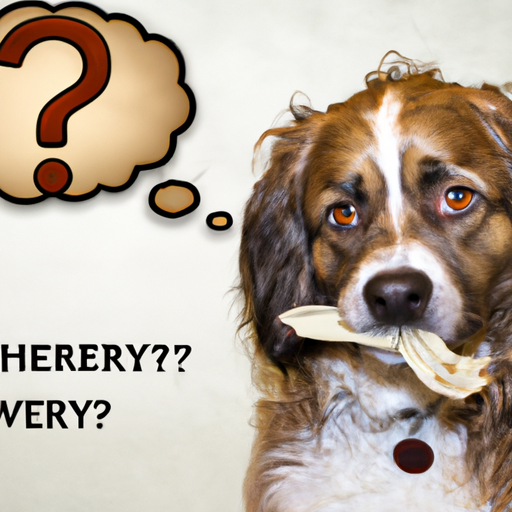Introduction
Dogs are a bundle of joy, aren’t they? You’re nodding your head, I know. You might be a proud pet parent, or perhaps someone who’s planning to bring a furry friend home. Either way, you’re here because you’re curious, concerned, or downright confused about why dogs nibble on things. We’ll dig into this matter, providing you with some clarity and hopefully, some peace of mind.
The Reasons Dogs Nibble
Dogs nibble for a variety of reasons, and understanding these reasons can help you manage or even prevent this behavior.
-
Teething: Just like human babies, puppies go through a teething phase. This usually happens between three and six months of age. Nibbling helps to relieve the discomfort associated with teething.
-
Exploration: Dogs, especially puppies, are naturally curious. They explore their surroundings using their mouth, much like how babies use their hands.
-
Boredom: If a dog is not stimulated mentally and physically, they may resort to nibbling to entertain themselves.
-
Stress or Anxiety: Dogs may nibble on objects as a coping mechanism for stress or anxiety. This behavior is often accompanied by other signs of distress, such as excessive barking or pacing.
-
Hunger: If your dog is not getting enough food, they may start nibbling on things as a way to find additional nutrients.
What Dogs Nibble On
Dogs can nibble on a variety of things, but some are more common than others. Here’s a list:
-
Furniture: This includes chairs, tables, and couches. It’s not just because they’re at the right height, but also because they’re often made of materials that feel good to chew on.
-
Shoes: These are a favorite for many dogs. They’re easily accessible and have an interesting smell.
-
Toys: This is the best thing for a dog to nibble on. Dog toys are designed to withstand chewing and can help keep their teeth clean.
-
Their own body: Some dogs will nibble on their own paws or tail. This could be a sign of a skin condition or fleas.
How To Prevent Dogs from Nibbling
Preventing your dog from nibbling on inappropriate items is crucial for both their safety and the preservation of your belongings. Here are some tips:
-
Provide Enough Toys: Make sure your dog has plenty of chew toys. This can help satisfy their need to chew and protect your belongings.
-
Provide Adequate Exercise: Regular physical activity can help alleviate boredom and reduce stress, which can in turn reduce nibbling behavior.
-
Train Your Dog: Teach your dog the “leave it” command. This can be very useful when you catch them nibbling on something they shouldn’t be.
-
Keep Valuables Out of Reach: If your dog has a favorite chewing target, try to keep it out of their reach.
-
Consult a Vet or a Dog Behaviorist: If the nibbling is excessive or if it’s causing damage to their health, it may be time to seek professional help.
Health Risks Associated with Nibbling
| Risk | Description |
|---|---|
| Choking | Dogs can choke on small pieces that they bite off from objects. |
| Tooth Damage | Hard objects can break a dog’s teeth. |
| Digestive Issues | Ingested materials can cause blockages in the digestive system. |
Frequently Asked Questions
Q: At what age do puppies stop teething?
A: Most puppies finish teething by the time they’re six months old.
Q: My dog is nibbling on his paws, should I be worried?
A: If your dog is frequently nibbling on their paws, it could be a sign of a skin condition or fleas. It’s best to consult with a vet.
Q: What can I give my dog to chew on that’s safe?
A: Chew toys designed for dogs are generally safe. Avoid giving them small objects or bones that can splinter and cause harm.
In conclusion, dogs nibble on things for a variety of reasons. It’s part of their nature to explore their environment and relieve discomfort. With understanding and proper management, you can keep your dog’s nibbling behavior in check. Remember, when in doubt, it’s always best to consult with a professional.



